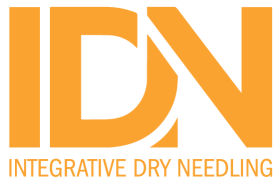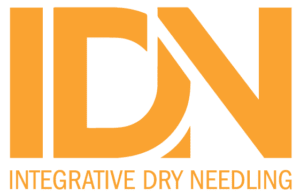Intratissue percutaneous electrolysis and deep dry needling compared to a standard physiotherapy protocol in the treatment of whiplash syndrome: study protocol for a randomized controlled trial
Front Rehabil Sci. 2025 Nov 3;6:1670603. doi: 10.3389/fresc.2025.1670603. eCollection 2025. ABSTRACT BACKGROUND: Whiplash syndrome is one of the most frequent consequences of


